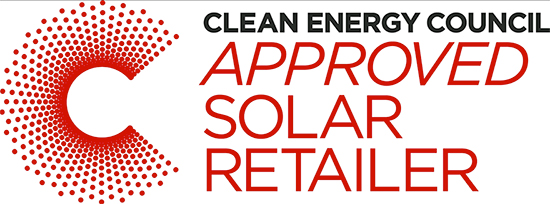Safety Bulletin – Floods and household solar panels
IMPORTANT: Even if your utility has cut the power to your property, your solar power system still has the potential to give you a lethal electric shock if it has been affected by a flood.
Although the fire and rescue services will assist during a flood, it is recommended that you follow the steps below to minimise any risk to yourself and your family from your solar panel system.
Before a flood
Follow the “Shutdown procedure” which should be marked on your inverter or meter box. A general shutdown procedure is as follows:
1. Turn off the inverter AC mains isolator (this is usually found in the meter box)
2. Turn off the PV array isolator (this is usually found next to the inverter)
3. If there seems to be a risk that the water level could reach up to the inverters and cables, you should also arrange to turn off the roof top array isolator (if fitted).
During a flood
Do not attempt to turn your solar power system off if any of the components are covered in water or if parts of the system are still wet. This could result in a lethal electric shock.
Do not approach the system if parts of it are submerged.
After a flood
1. DO NOT attempt to operate any switches. Residual moisture from the floodwaters may have caused your solar power system to become live. You could potentially suffer a serious or lethal electric shock, even if the power is still out in your area.
2. Contact a Clean Energy Council accredited installer and ask them to recommission the system for you. If your installer is not available, contact a licensed electrician who can check your system to ensure that it is safe. A list of accredited installers can be found on the Solar Accreditation (Clean Energy Council) website (click here).
3. Your inverter should be replaced if it has been submerged or partly submerged.
Further information may be available at Clean Energy Council
Follow this link Solar Energy for more information.

 Solar Calculator
Solar Calculator

